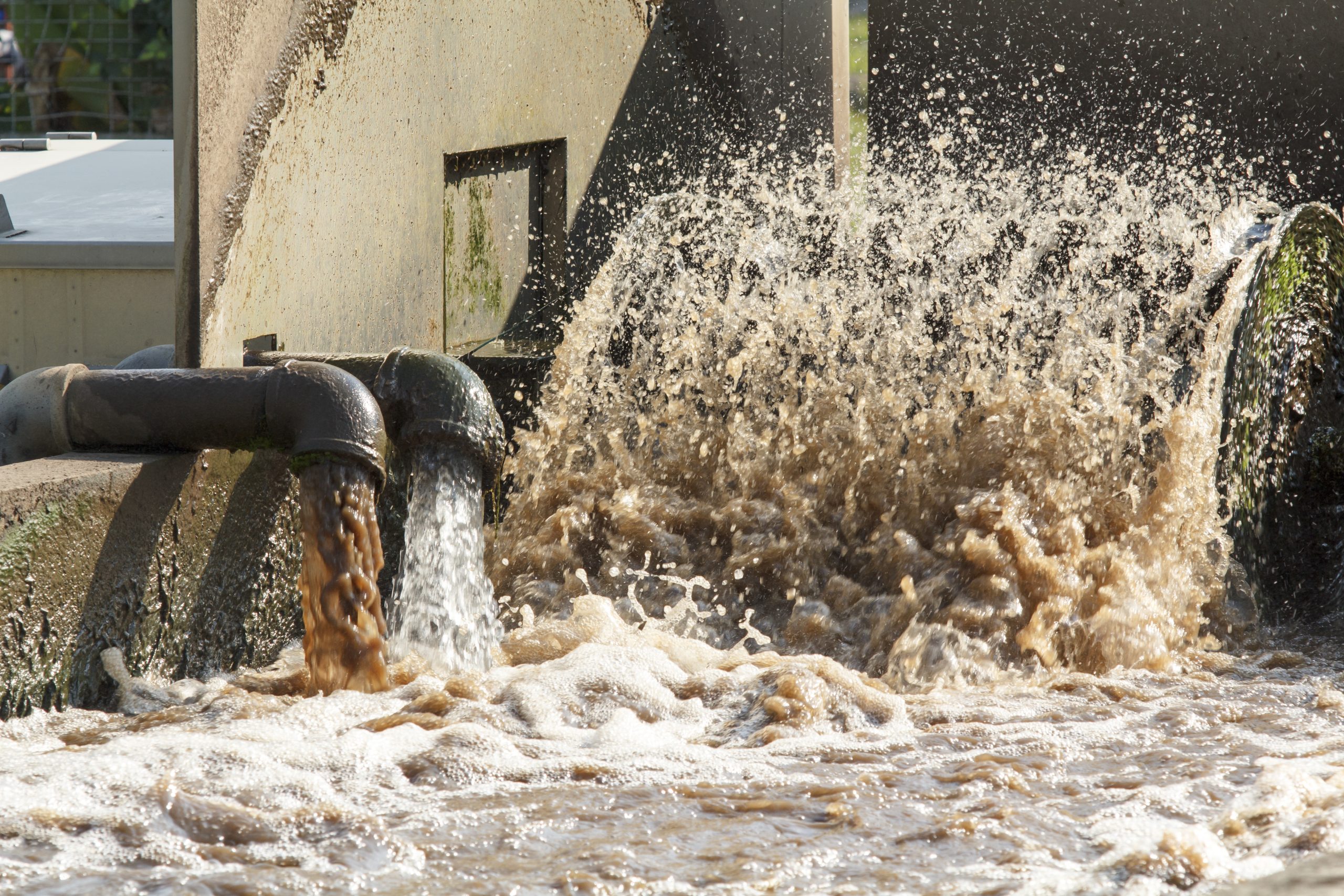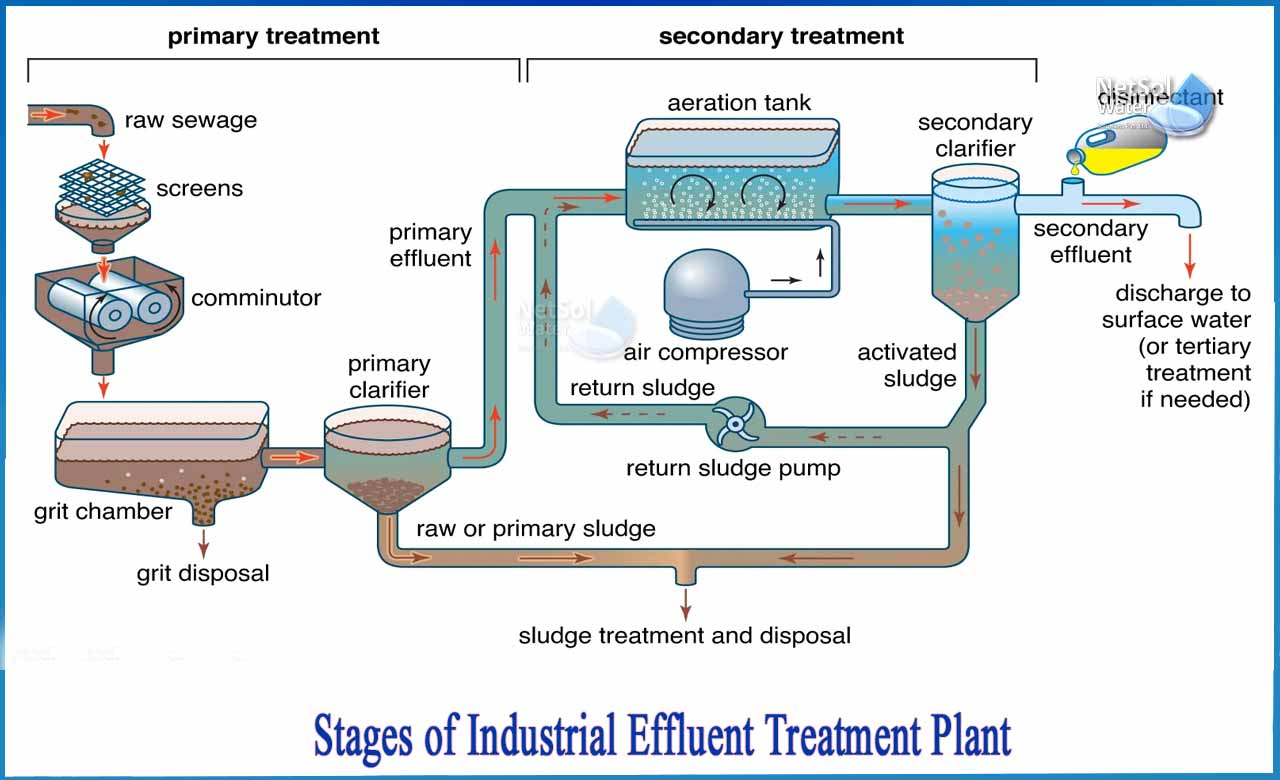Industrial Waste Water Treatment-- Protect the Atmosphere with Expert Water Treatment Solutions
Industrial Waste Water Treatment-- Protect the Atmosphere with Expert Water Treatment Solutions
Blog Article
Challenges and Solutions in Industrial Waste Water Therapy
The treatment of industrial wastewater presents a diverse array of obstacles, varying from strict regulative conformity to the ins and outs of expense administration and technical limitations. The variability in waste structure further makes complex the effectiveness of conventional therapy methods, usually causing risen operational expenses. However, arising remedies such as sophisticated oxidation processes and innovative funding designs reveal guarantee in dealing with these issues. As sectors come to grips with the need for lasting techniques, the inquiry continues to be: what techniques will eventually cause a balance in between conformity, cost-efficiency, and environmental responsibility?
Regulatory Compliance Obstacles
Exactly how can commercial centers browse the facility landscape of regulatory conformity in wastewater therapy? The regulative structure controling wastewater administration is diverse, frequently varying by territory and kind of industry. Facilities has to adhere to government, state, and neighborhood policies that determine effluent high quality requirements, discharge limitations, and tracking requirements. Failure to abide can lead to severe penalties, including penalties and operational closures.
To efficiently handle these compliance difficulties, centers should apply durable surveillance and reporting systems that make certain real-time data collection and analysis. Normal audits and danger evaluations can recognize prospective compliance voids, allowing for aggressive adjustments in treatment procedures. Staff member training programs focusing on regulative knowledge and ideal techniques are essential to foster a society of conformity within the organization.
Furthermore, involving with regulatory firms can supply valuable understandings and clear up ambiguous guidelines. Facilities might likewise take advantage of seeking advice from with environmental specialists that concentrate on wastewater therapy compliance, making sure that they remain abreast of progressing laws. By embracing these methods, industrial facilities can not only satisfy compliance needs yet also boost their functional performance and environmental stewardship.
Expense and Economic Barriers
Browsing governing conformity in wastewater treatment frequently provides significant economic difficulties for industrial centers. The prices connected with applying essential therapy modern technologies, keeping conformity with strict regulations, and managing functional expenses can be daunting. Lots of organizations face high initial capital investment for the construction or updating of wastewater therapy plants, which might strain spending plans, specifically for medium-sized and tiny ventures.
In addition, continuous operational prices, including maintenance, chemical, and labor inputs, add to the economic concern. The changability of changing energy costs and the prospective requirement for additional financial investments to meet progressing regulations intensify these financial pressures. Oftentimes, the absence of financial incentives or support from government bodies makes it even more challenging for companies to warrant investments in innovative treatment systems.
Additionally, the financial stability of wastewater therapy remedies is often questioned, especially for industries with limited earnings margins. For that reason, it is critical for commercial centers to discover cost-effective techniques, such as embracing cutting-edge funding options, participating in collaborations, and leveraging emerging innovations that can assist reduce these economic obstacles while guaranteeing compliance with environmental criteria.

Technological Limitations
Various technical restrictions hinder the effectiveness of industrial wastewater treatment procedures. One substantial obstacle is the insufficiency of existing treatment modern technologies to address complex pollutants. Several traditional approaches, such as activated sludge and chemical rainfall, battle with the removal of emerging contaminants, consisting of pharmaceuticals and microplastics. This limitation typically causes the discharge of inadequately dealt with water, which can have destructive environmental impacts.
Additionally, the scalability of therapy innovations presents a challenge. While some advanced approaches, like membrane filtration or innovative oxidation, reveal guarantee in regulated environments, their implementation on a bigger scale can be much too expensive and technically tough. Maintenance and functional complexities even more complicate the adoption of these systems, specifically for smaller sectors with restricted technical experience.
The combination of real-time tracking technologies likewise continues to be not enough in many treatment facilities. Without efficient surveillance systems, drivers can not sufficiently evaluate therapy effectiveness or detect possible failures, resulting in irregular effluent quality. Addressing these technical constraints with research study and development, along with investment in innovative options, is important for enhancing the efficacy of industrial wastewater treatment and making sure regulative conformity.
Variability in Waste Composition
In the world of industrial wastewater treatment, the irregularity in waste composition offers a formidable obstacle. Industries generate wastewater with varied attributes, influenced by aspects such as production procedures, basic materials, and operational techniques. This heterogeneity makes complex the therapy process, as traditional systems often battle to effectively address the large range of toxins present.
For instance, wastewater from food handling might include high levels of natural issue, while effluents from chemical manufacturing could include dangerous compounds and see this hefty steels. This difference demands versatile treatment approaches to ensure compliance with environmental policies and safeguard public health and wellness. Furthermore, fluctuations in waste composition can happen in time, influenced by changes in production timetables, upkeep activities, or the intro of brand-new items.

Cutting-edge Treatment Solutions
Ingenious treatment options are vital for addressing the intricacies of industrial wastewater monitoring. Typical techniques typically drop short in successfully removing a large range of pollutants, specifically in facilities with diverse effluent streams. Current advancements concentrate on integrating sophisticated innovations to enhance treatment performance and sustainability.
One appealing strategy is using sophisticated oxidation procedures blog (AOPs), which leverage powerful oxidants to deteriorate natural contaminants. AOPs, including photocatalysis and ozonation, can considerably decrease poisonous materials and improve effluent quality. In addition, membrane layer bioreactor (MBR) technology has actually gained traction, combining organic treatment with membrane layer purification, resulting in top notch effluent and minimized impact.
One more innovative remedy is the application of resource recuperation systems. Strategies like anaerobic digestion not only treat wastewater but likewise generate biogas, which can be used as a renewable energy source. In addition, the adoption of expert system and artificial intelligence versions can optimize therapy procedures by forecasting variations in wastewater structure, therefore enhancing operational effectiveness.
These ingenious services not just address regulatory compliance but also advertise environmental sustainability, leading the way for a much more effective and resilient industrial ecological community.
Final Thought
Finally, dealing with the challenges of industrial wastewater therapy calls for a complex method that incorporates regulatory compliance, price administration, and technological advancements. Innovative solutions, such as sophisticated oxidation procedures and membrane bioreactor innovation, deal pathways to boost treatment effectiveness. Additionally, real-time monitoring systems and collaborative interaction with governing agencies can promote lasting practices while mitigating economic pressures. A commitment to constant improvement in treatment methodologies will eventually add to the efficient monitoring of industrial wastewater and environmental management.
The treatment of commercial wastewater provides a multifaceted array of difficulties, varying from rigorous governing compliance to the details of expense administration and technical constraints. Industrial Waste Water Treatment.Navigating regulative compliance in wastewater treatment commonly presents substantial monetary challenges for commercial centers. Dealing with these technical limitations through research study and development, along with investment in cutting-edge remedies, is crucial for boosting the efficacy of This Site industrial wastewater therapy and making certain governing compliance
Wastewater treatment facilities must invest in robust tracking systems and flexible therapy technologies qualified of accommodating differing influent qualities.In final thought, addressing the obstacles of industrial wastewater therapy calls for a multifaceted technique that integrates regulative conformity, cost monitoring, and technical advancements.
Report this page